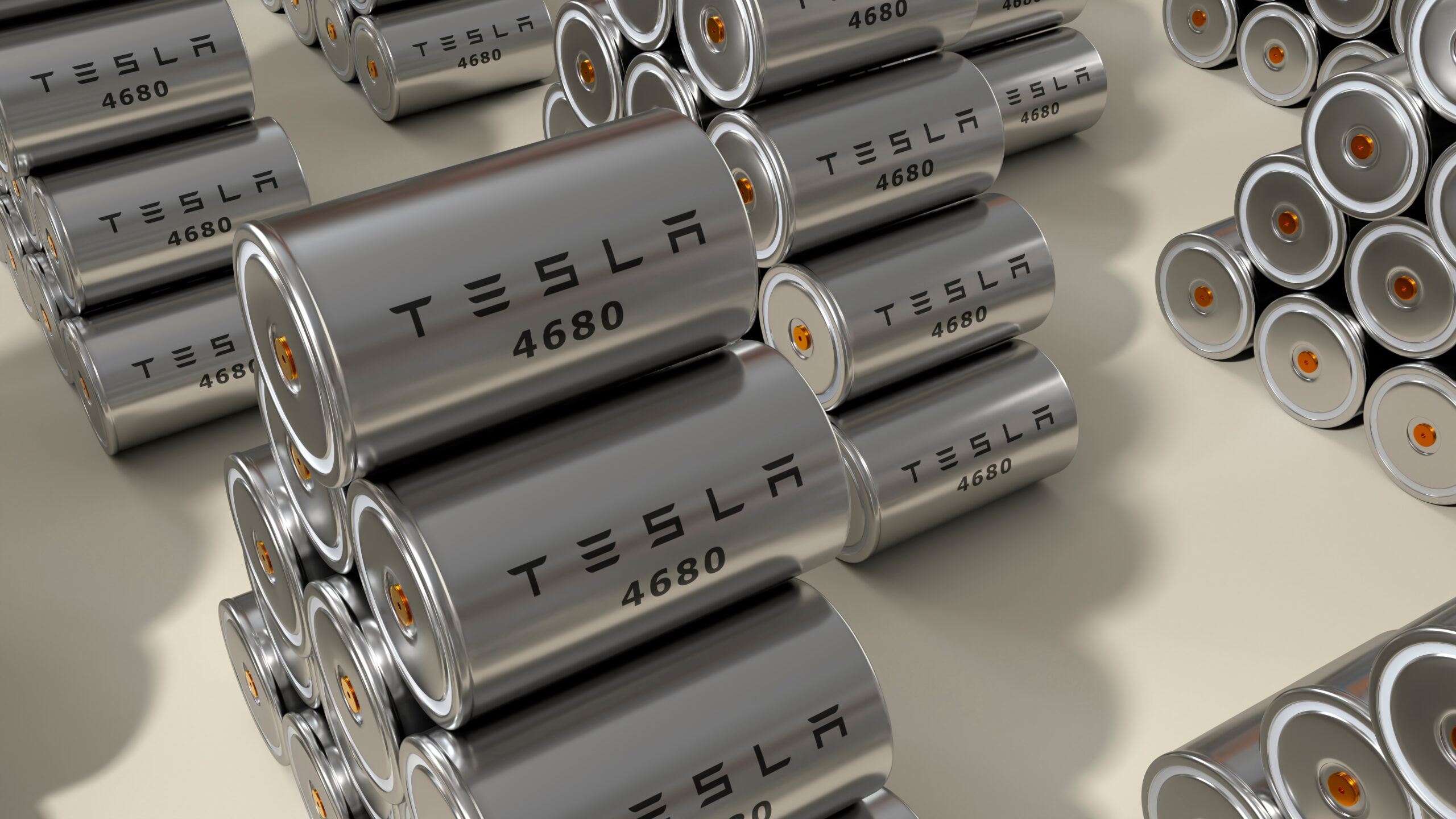Economic approach to Tesla: how to budget for expenses on such a car?
Tesla, as a brand of electric cars, is gaining popularity worldwide. However, as is the case with luxury vehicles, purchasing and operating a Tesla can come with certain expenses. In today’s article, we will discuss why careful budget planning before and after buying a Tesla is essential, what expenses are most significant when operating these vehicles, which parts require regular replacement, and how to save on Tesla parts, including the second-hand parts market.
Careful budget planning
Before buying
Before deciding to purchase a Tesla, it’s crucial to analyze your budget thoroughly. The cost of buying the car is not the only consideration; you should also factor in the expenses associated with its maintenance. Make sure you can afford regular charging, insurance, maintenance, and potential repairs.
After buying
After purchasing a Tesla, ongoing budget planning remains essential. Calculate the costs of charging (based on local electricity rates), insurance premiums, maintenance, and be prepared for unexpected expenses. Carefully monitoring your expenditures will help you avoid surprises.
Expenses in Tesla ownership
Charging
Charging a Tesla can be a significant expense. Costs may vary depending on local electricity prices and the type of charger you use. It’s worth exploring whether there are cheaper overnight rates or special offers for electric vehicle users.

Insurance
Insuring a Tesla can be relatively expensive due to the vehicle’s price and repair costs. However, it’s essential to compare insurance offers from different companies to find a policy that offers adequate coverage at a reasonable price.
Maintenance
While Teslas do not require as frequent technical inspections as traditional vehicles, maintenance is still necessary. Regular check-ups of the drive system, brakes, tires, and battery help detect potential issues early and prevent costly repairs.
Parts requiring regular replacement
During Tesla ownership, some parts require periodic replacement, including:
- Brake pads: brake pads wear out and should be replaced every few years, depending on your driving style.
- Tires: they should be replaced as they wear out or according to seasonal needs, such as switching between summer and winter tires.
- Air and cabin filters: regularly replacing air and cabin filters ensures clean air in the cabin and proper air conditioning operation.
- Oil(for Models S and X): if you own an older Tesla model, the drive unit oil may need replacement at intervals.
How to save on Tesla parts
To find savings on Tesla parts, consider the following options:
- Second-hand parts market: some Tesla parts can be purchased second-hand in good condition. This option is often more affordable than buying brand-new parts.
- DIY repairs: if you are mechanically inclined, you can perform some minor repairs yourself, saving on labor costs.
- Price comparison: before purchasing parts, it’s always worth comparing prices and offerings from various suppliers or service centers.
Budget planning before and after buying a Tesla is crucial to enjoy this luxury electric car brand fully. Charging costs, insurance premiums, maintenance, and parts replacement are integral to Tesla ownership. Careful expense tracking and prudent choices, such as exploring the second-hand parts market, will help keep costs manageable. This way, you can enjoy the comfort and savings that Tesla offers.

